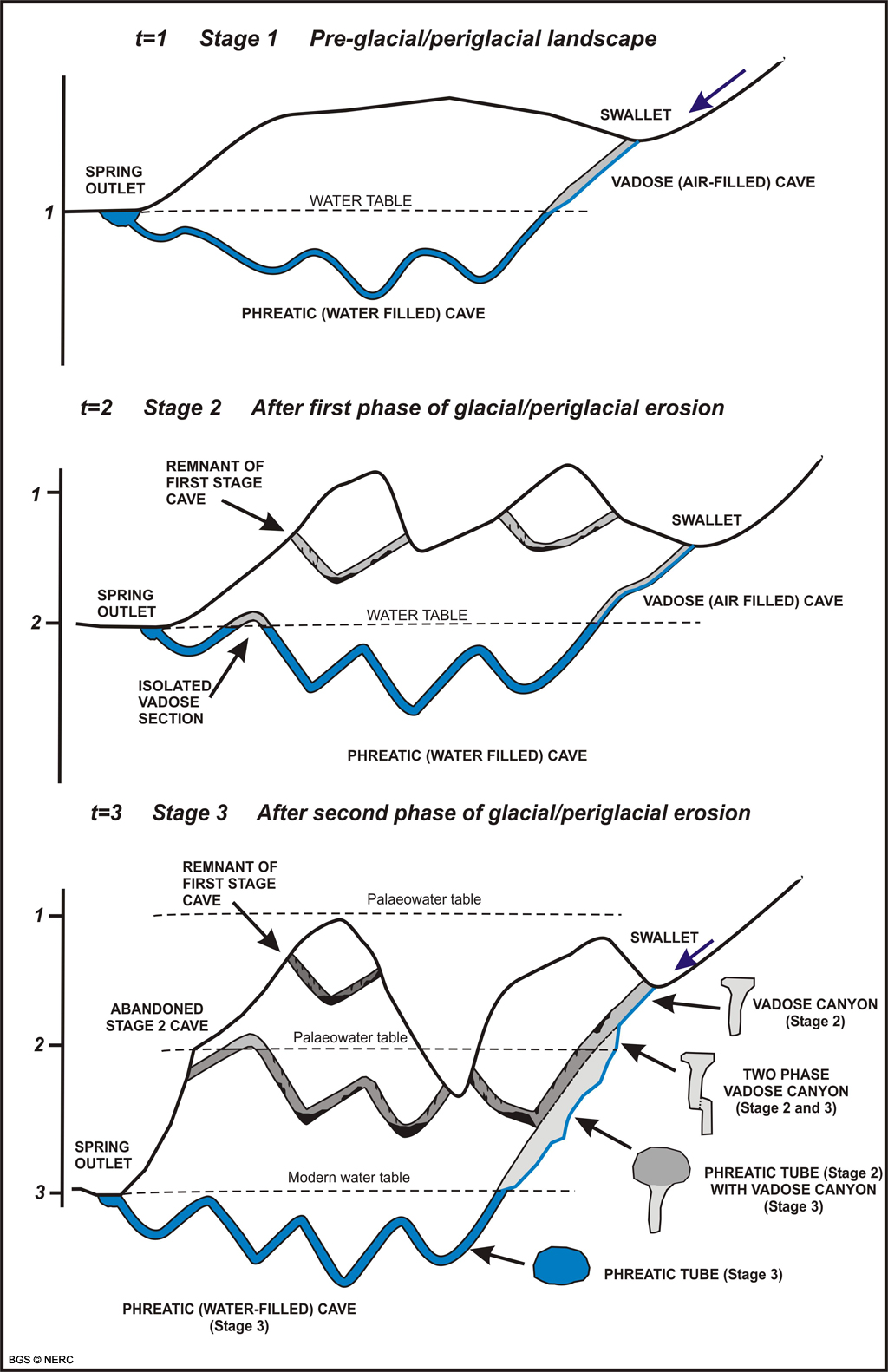“This stalactite grows at approximately 1 inch every six to seven thousand years.”
My jaw dropped as our tour guide, Sunny, explained how the mineral build-up hanging above my head would eventually connect to the stalagmite right in front of me within the next 200,000 years.
“We offer super senior discount passes to anyone who wants to join us to see how it looks once they connect,” Sunny couldn’t help but quip.
I walked around in astonishment. This was the first time I had ever been inside of a cavern. Beautiful, almost artistic, mineral formations covered the entirety of the cave. Stalactites and stalagmites hung and grew from every angle and every position.

“Nature, in its infinite beauty has created this wonder,” a burly voice echoed during a brief intermission presentation, “Before mankind built skyscrapers of steel, water had built caverns like these over the course of thousands of years.” The voice rumbled through the very caverns it was describing.
As I exited the cavern and turned to my companion, I couldn’t help but say something truly idiotic, “How did they build that?” The dumbfounded look on her face summed up how ridiculous my question was. She responded in her burliest voice, “Nature, in its infinite beauty has created this wonder from water over thousands of years.”
I couldn’t help but grin, nature was teaching me a lesson…
Connecting nonprofit fundraising with Skyline Caverns in Front Royal, Virginia may be a bit of a stretch. Walking through a cavern and seeing the result of thousands of years of nature’s hard work does help put into perspective the time it takes to develop anything marvelous. This is of course true in the context of our planet (i.e. caverns, stalactites, and stalagmites don’t grow over night, they take thousands and hundreds of thousands of years to develop), but also in our individual lives.
Impressive, well thought out plans and eventual results in our personal and professional lives don’t happen overnight. And, in our sector, nonprofit fundraising, this couldn’t be more true. Considering that most organizations are plagued with a lack of budget, insufficient resources and not enough staff, it’s no surprise that major initiatives take months, if not years, to implement.
Sure, developing a fundraising department or starting a major gifts program doesn’t take thousands or hundreds of thousands of years to create, but if you’re going to do it right, it can and should take a substantial amount of time. If someone (a consultant, a vendor, etc.) ever promises to develop something incredibly robust in a very short period of time, please be cautious.
Fundraising plans, starting a major gifts program, engaging in a capital campaign and a host of other nonprofit initiatives are like caverns — they take time, diligence and patience to develop.
But, as we enter the new year there are a few cavern-related themes you should keep in mind while pursuing your major 2018 initiatives. Let’s address them.
Begin with the end in mind
I’d be lying if I said I truly understand how caverns and caves are formed. Although I did take a course called “Nature Studies” at the University of Pittsburgh, I must confess, not much from that class stayed with me.
However, what I do know is that caverns are the result of moving water. Water over the course of thousands of years flows through the earth to create channels and paths. The water that ebbs and flows to create a cave may not seem like it’s traveling with a purpose, but it does travel as a means to an end result. As the channel and path the water takes continues to develop it ultimately finds its outlet where it leaves the cave. This is called the outlet spring.
Take a similar approach with your initiatives in 2018. You might not know which path to travel right now, but you can begin to identify where you want to end up. What is your outlet spring? Where will you exit the cave? As a fundraiser those questions can be refocused to: What is your end goal? And then you can ask yourself, what is the path (i.e. milestones necessary) to get there?
Having a clear understanding of where you are going will prove invaluable for actually getting there. As you engage with others in your organization to get things done, they too will find it incredibly helpful and important to understand what the end result looks like. Just like the water that develops a channel through the earth, you need to know (or at least have a sense for) what your exit spring is and move towards that.
Copy others
The stalactites and stalagmites that grow in Skyline Caverns are different than the ones that grow in other caverns throughout the world. Don’t ask me for specifics, (remember, I’m the guy who asked “how did they build this stuff?” as I left the cavern), but a quick google search yields plenty of results.

Nature is complex and in many cases, unique, but if you pay attention, you’ll notice that a lot of it follows some similar patterns (if you’re a biology PhD student, please don’t shudder at my generalizations here). The stalactites and stalagmites in Skyline Caverns didn’t knowingly “copy” the stalactites and stalagmites at Carlsbad Caverns, but nature followed its pattern — it developed both in much the same manner.
As you take on internal initiatives and projects at your organization, don’t think you are the first person trying to accomplish your end goal. Odds are, you’re not. Just as nature has its patterns, there will be other organizations that have successfully implemented similar programs to what you are attempting to do — and you’ll want to take inspiration and ideas from them.
How have other nonprofits built their fundraising programs and strategies? How have other development departments created their major gifts program? What steps did a nonprofit similar to yours take to meet and exceed their capital campaign goal?
Use those who’ve come before you as resources, that’s what nature does.
Update and refresh
First uncovered in 1937, Skyline Caverns had for many years remained entirely untouched and unaltered by human beings. For many years, Walter Amos and his crew of locals simply dug and dug to carve out the existing cave system. Then, over the years since, minor additions and renovations were made to the space. Lights have been installed, a limestone floor put in place, and a few other alterations were made to the naturally existing cavern space.
Yes, nature did the heavy lifting and built the cave, but then, as needs changed (i.e. more people wanted tours of the cavern), humans incorporated modifications to what pre-existed.
As you begin to undertake your long-term projects and initiatives, keep this sentiment in mind — whatever you create, it is simply a foundation. As time goes on other people (and yourself) will alter (and improve) what you have built.
If one of your organizational goals for 2018 is to develop a major gifts program, accept from the start that what you create today (or this year) will look slightly different in 2020. What you develop now will be updated and refreshed in the future.
Just like the caverns with their installed lights and improved floor, you will make similar updates to the programs you develop and projects you complete over time. As your requirements change, so will your processes and systems. Don’t fret over this. Accept this evolution, and remember that it takes time to craft the best version of anything worth building .
Applying this at your shop
Impressive and important things don’t just “pop up” out of nowhere, they take time and energy to be built. Our planet provides myriad examples of this — I simply focused our conversation on caverns.
Regardless of your objective keep the core principles defined above in mind. Nature is a great guide for how we should approach our goals.
As you embark on a productive and busy 2018 fundraising season, remember to begin with the end in mind, copy others, and be prepared to update and refresh.
Have fun!





